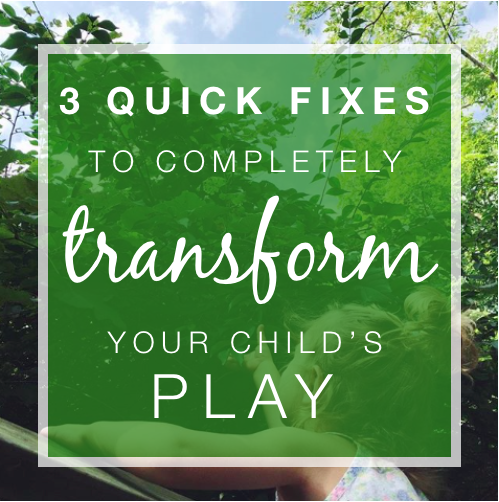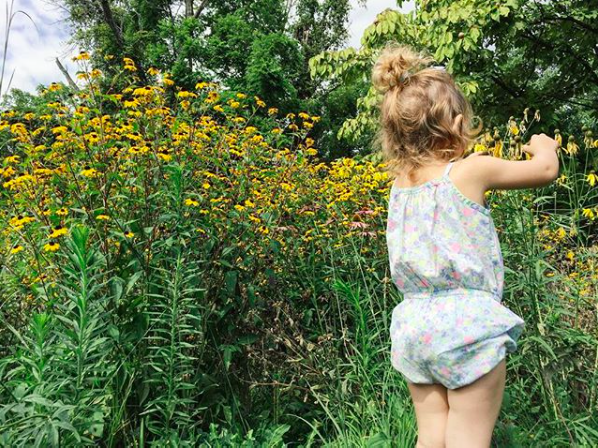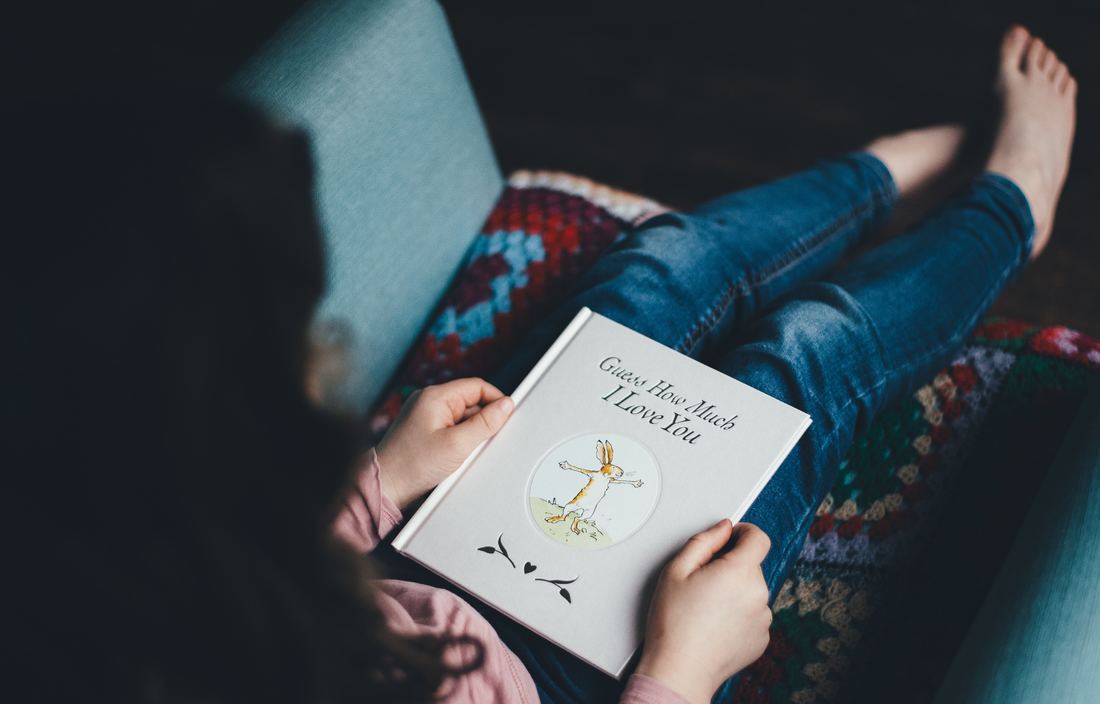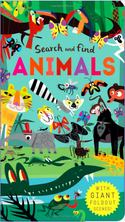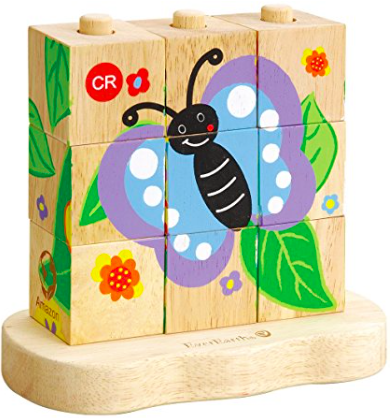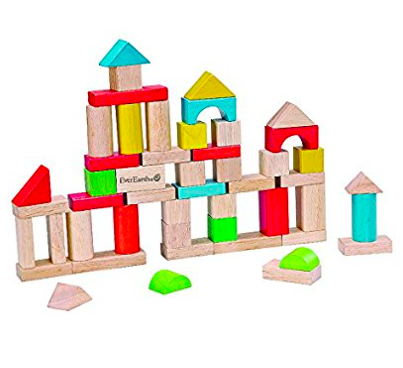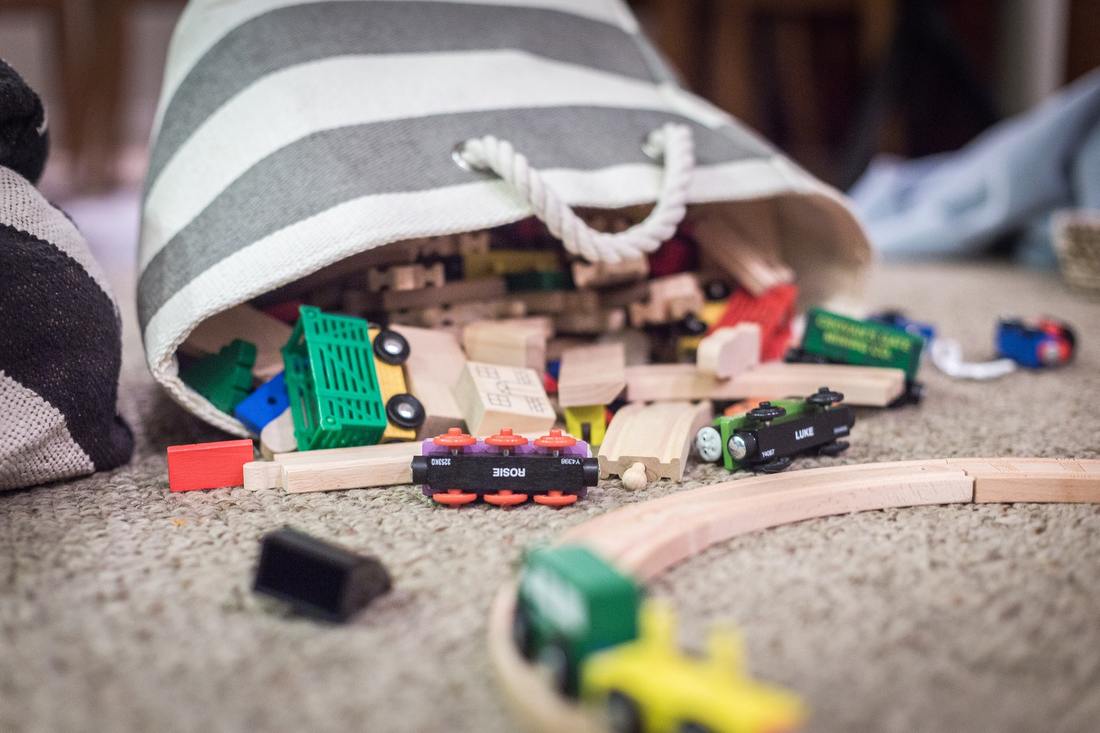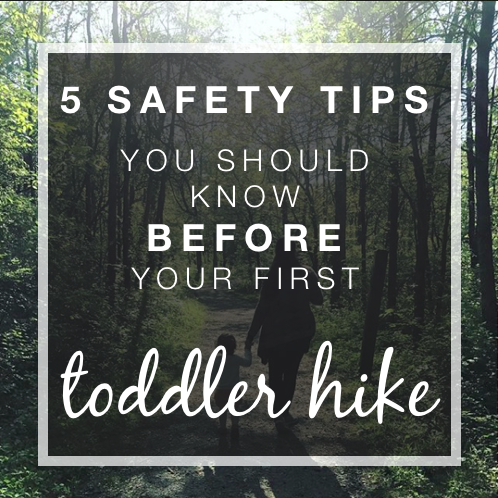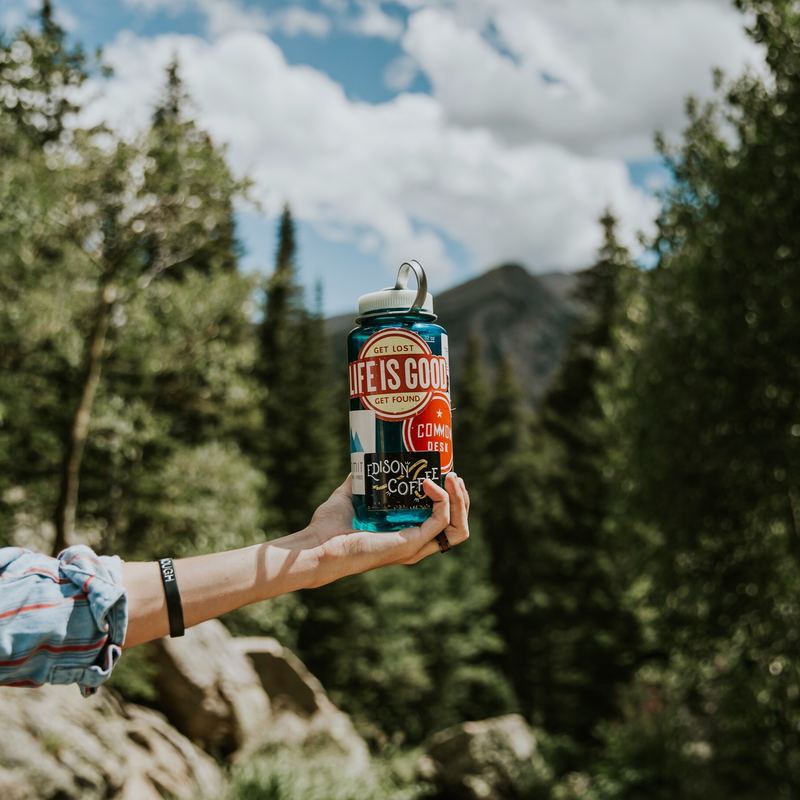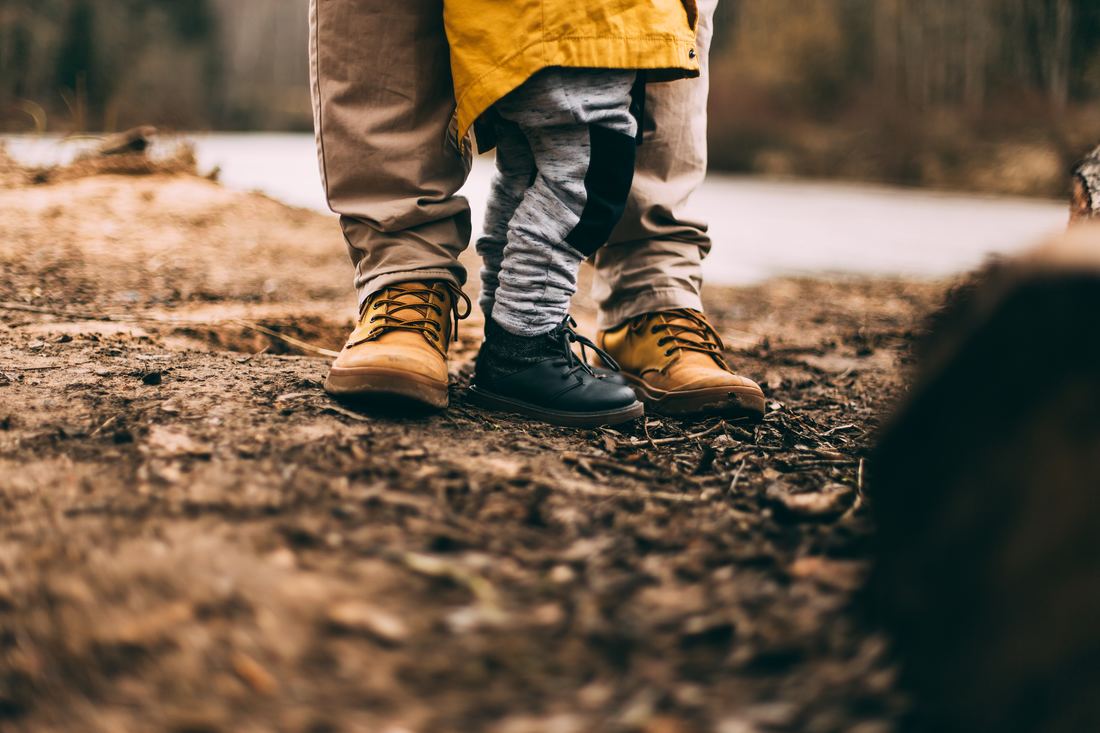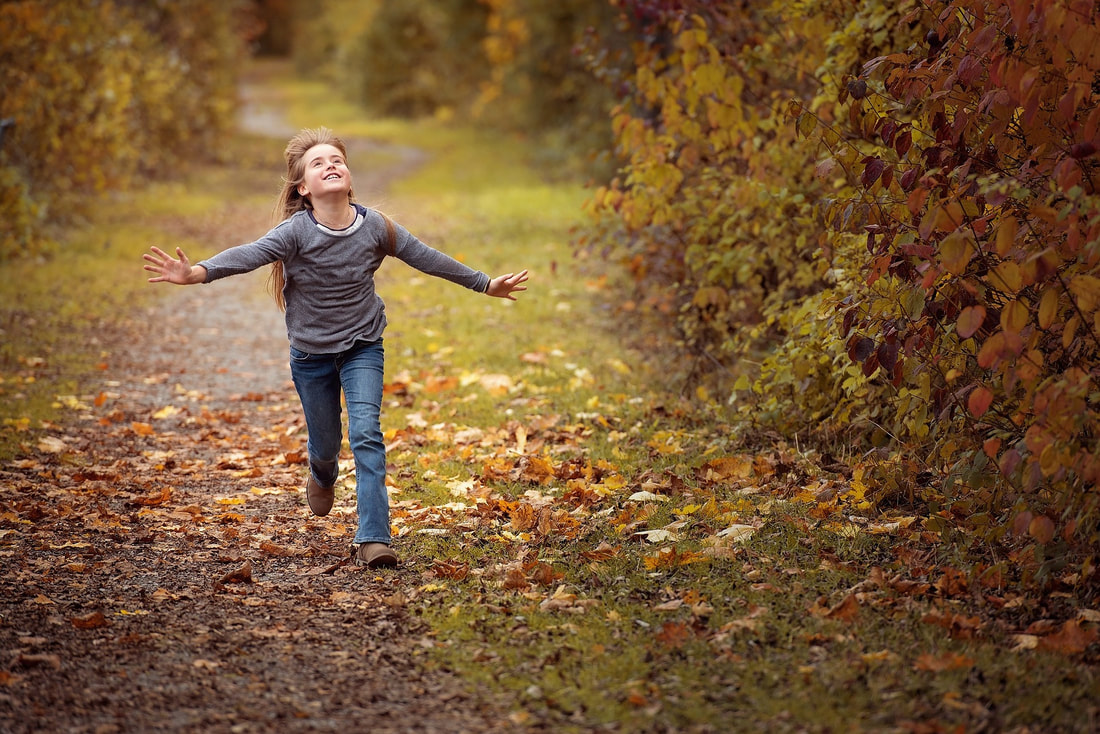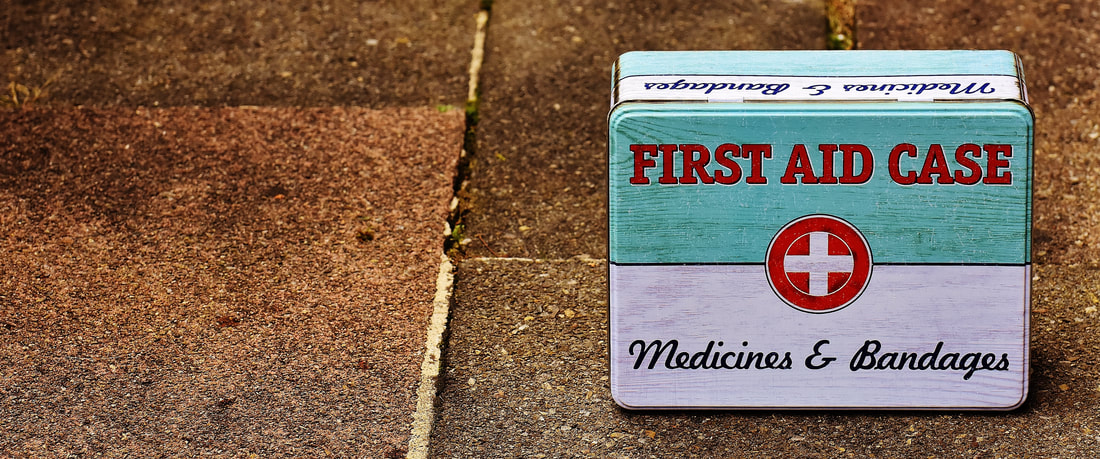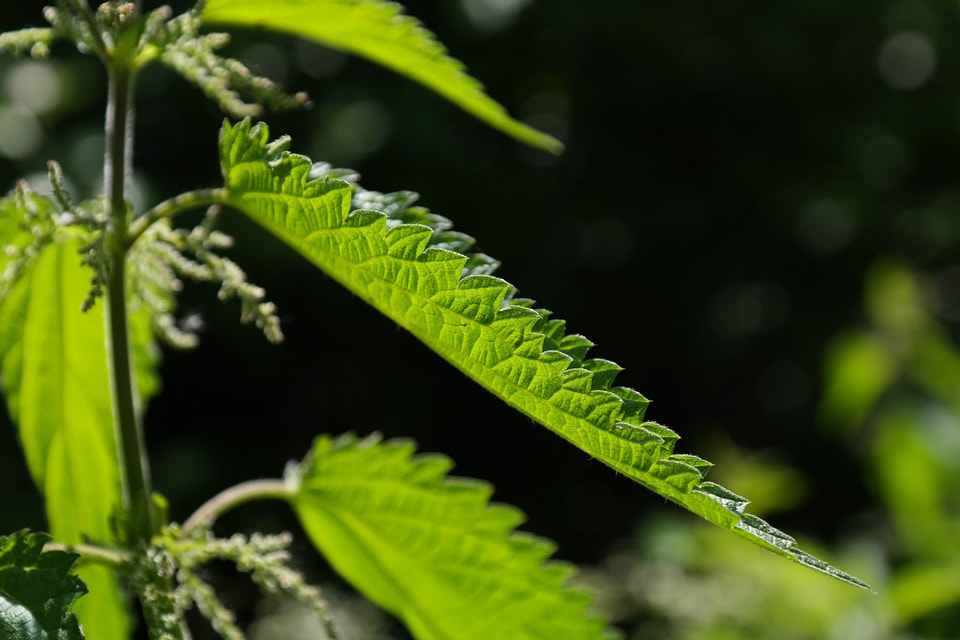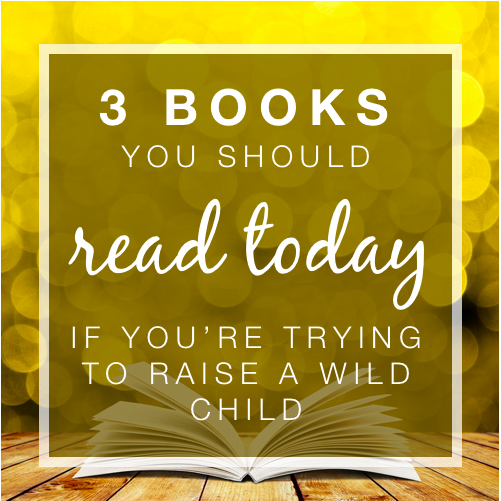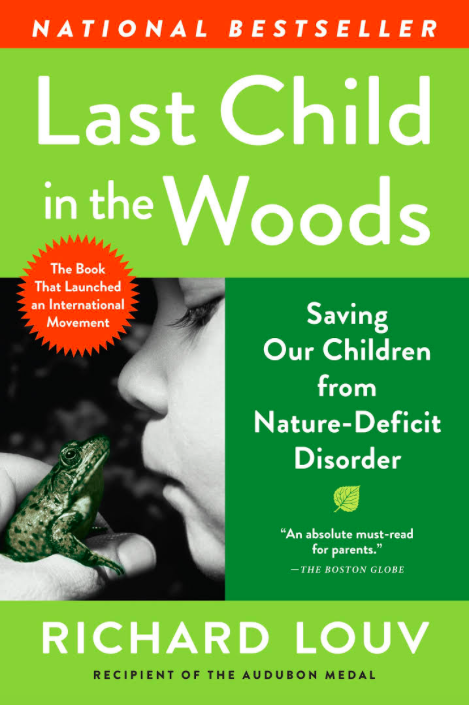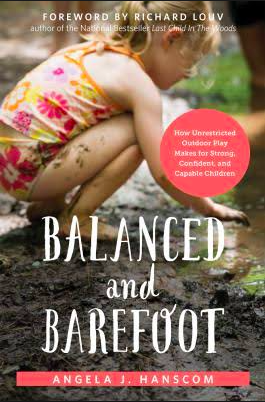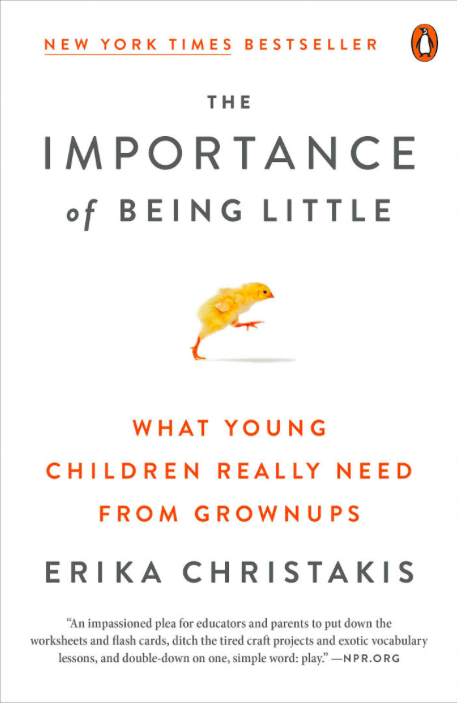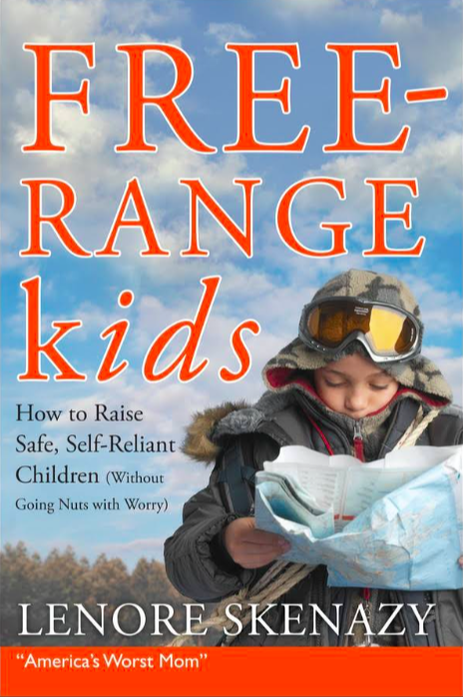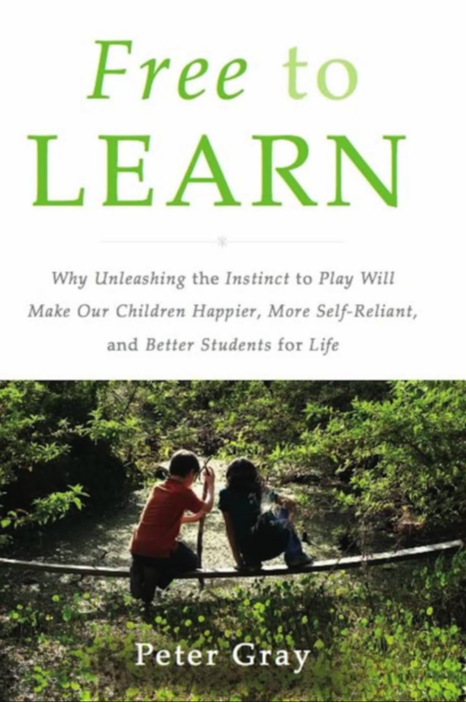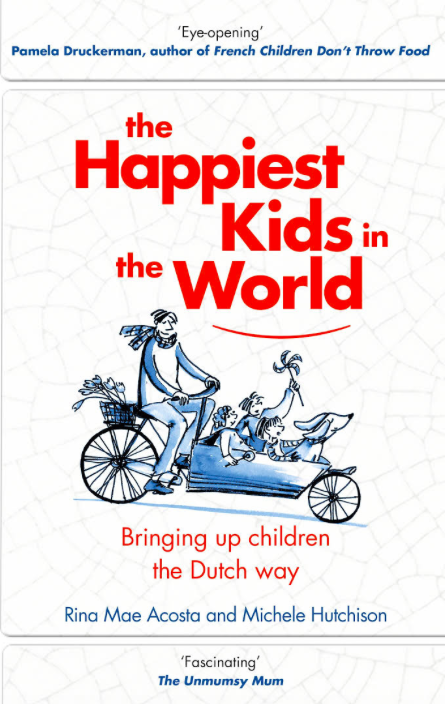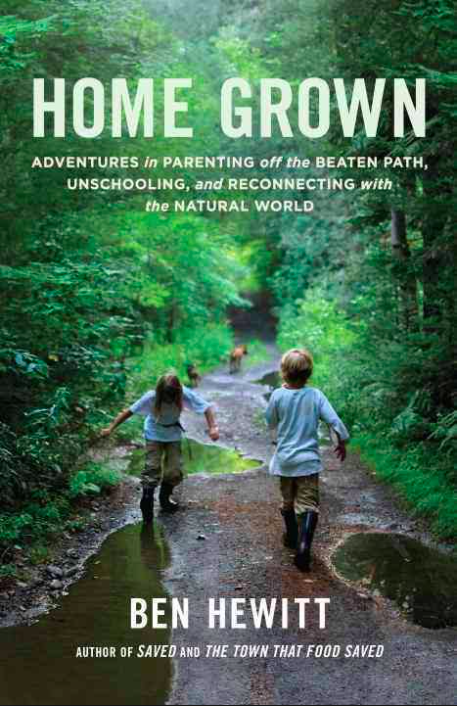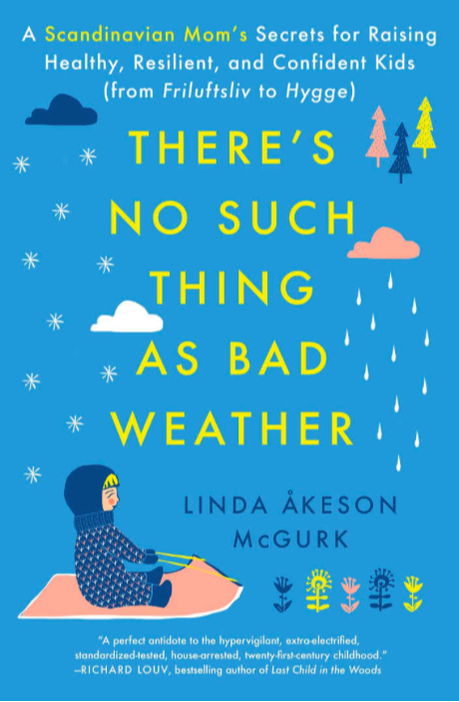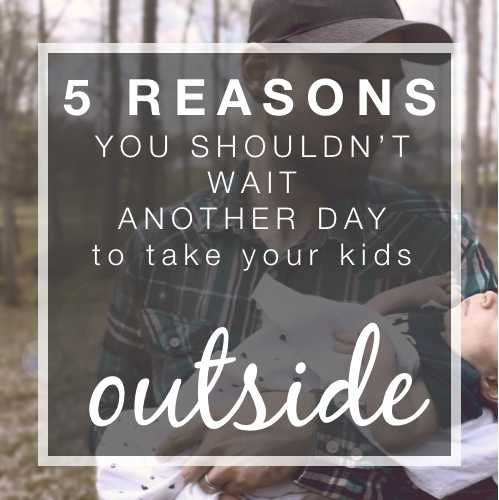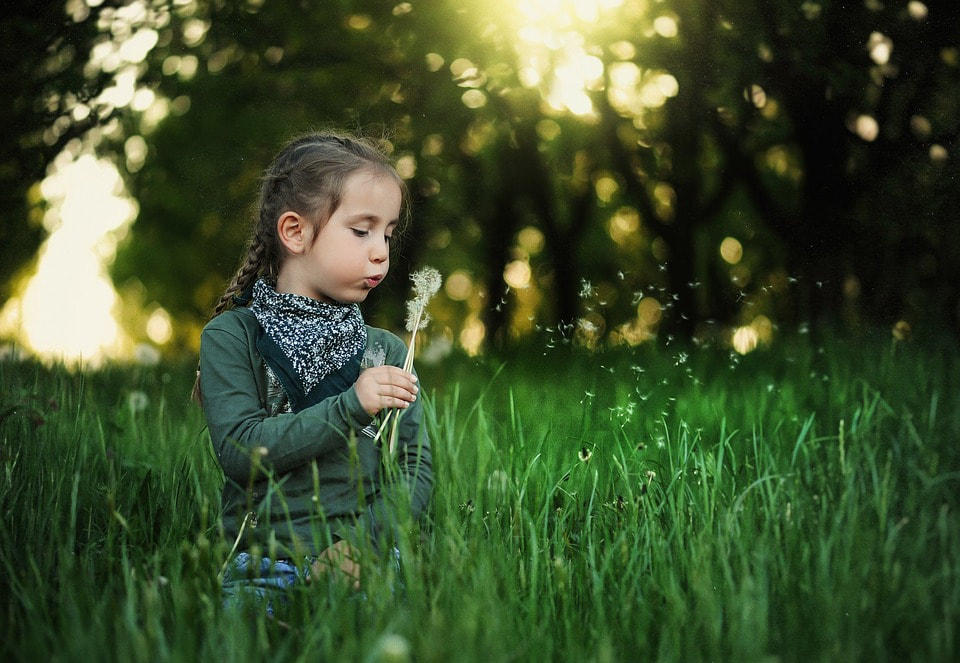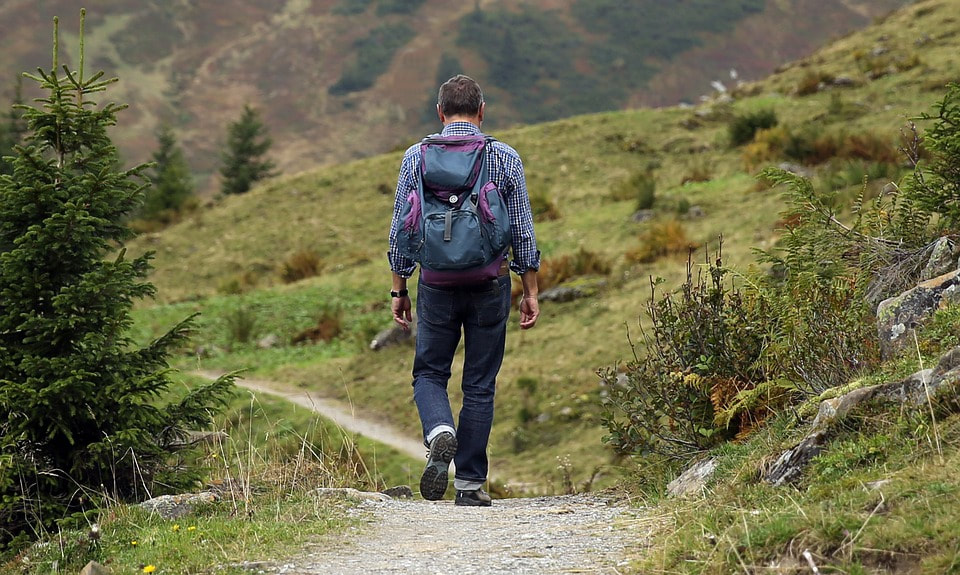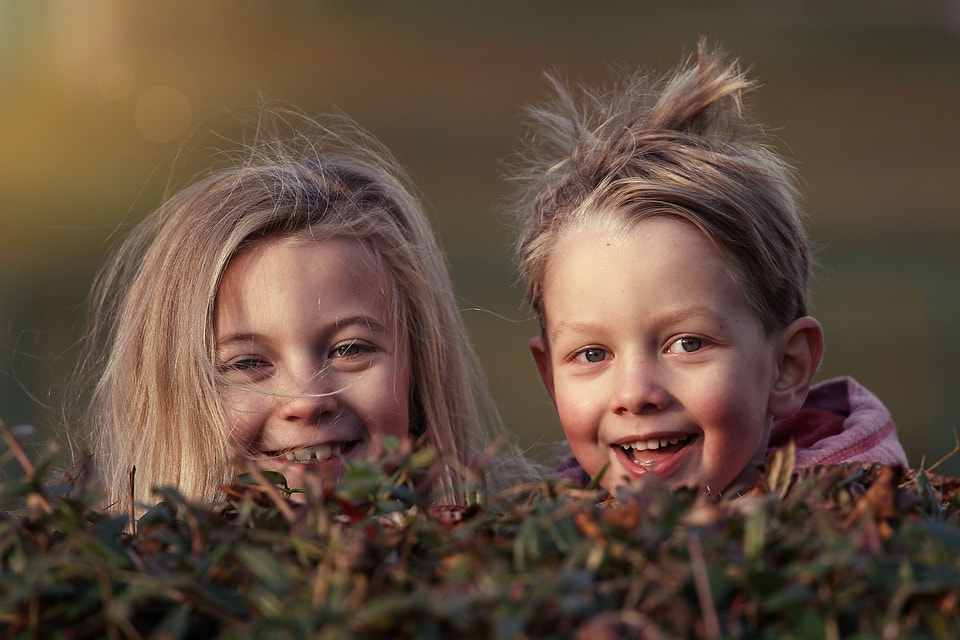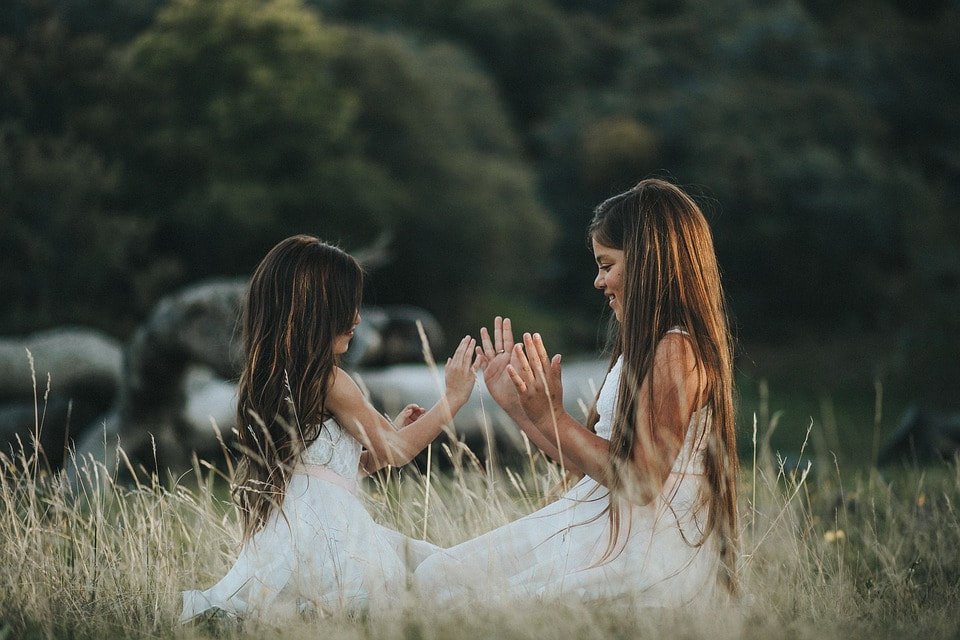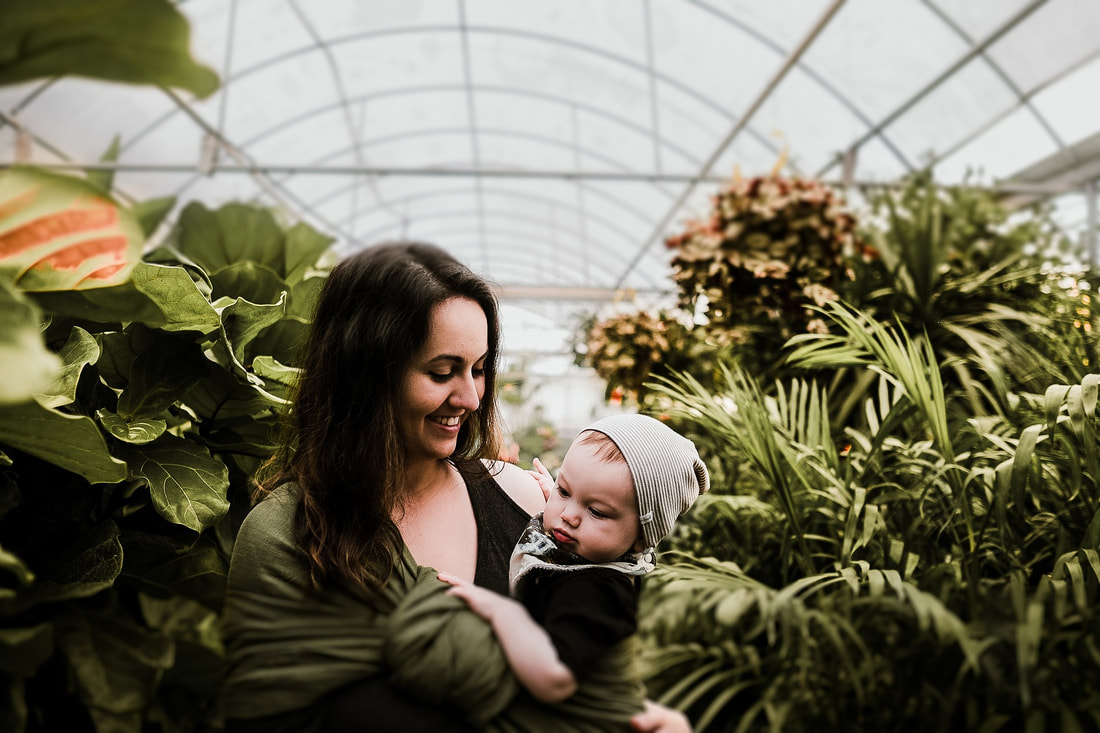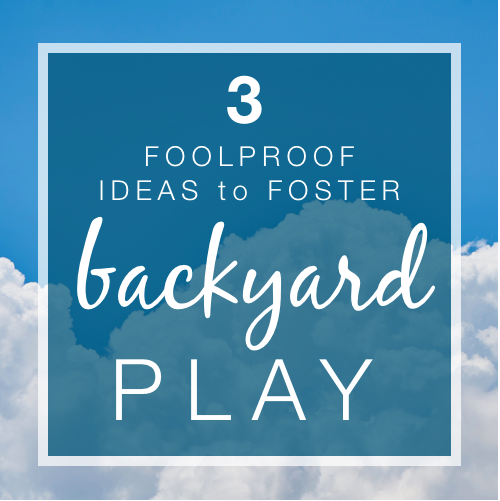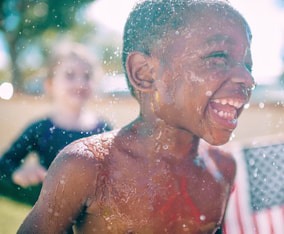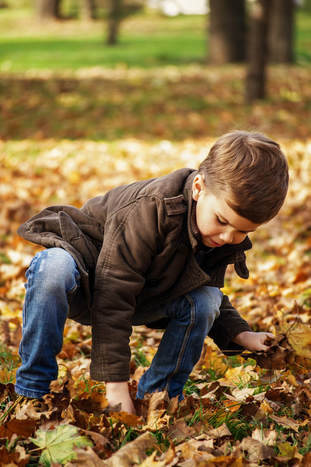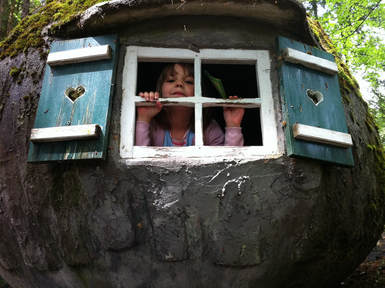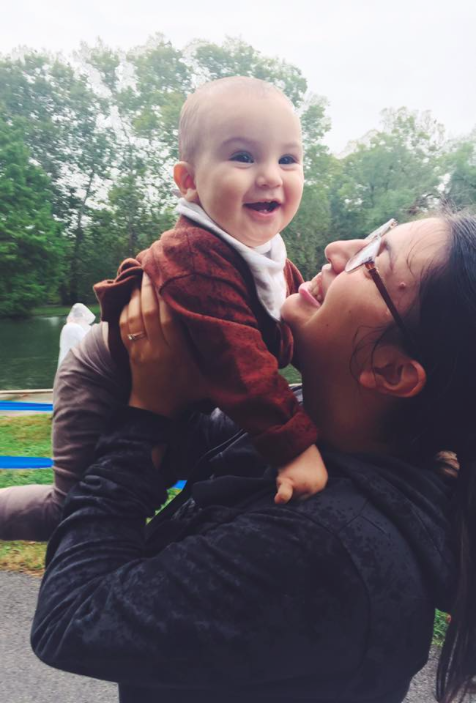|
Okay, okay, okayyyy. Don't call the clickbait police, but I have to confess before we go any further... "Quick fixes," when it comes to children and the nature of their play and emotional wellbeing are hard to come by, and claims to the contrary are usually empty promises. So, just let me clarify: I call these "quick fixes," because they are EASY to enact, simple, and free ideas such that you can put down your device and choose one to try RIGHT NOW. Easy Peasy! But the truth is, as with all change, expect to meet some resistance with toddlers who have become accustomed to a different norm in their home and play times. I urge you to carry on with a "confident momentum," as childcare expert Janet Lansbury would say! I assure you, these simple additions or changes to your daily routine will be so good for your toddler and yourself, and they require so little of you to try today. These ideas are all easy, free, and they can have long, lasting effects if you are committed to trying them again and again and again (repetition works, folks!). So let's dive in: 1. Take Your Child OutsideWooooo, big surprise from creator of Wild & Free Nature Playschool!!! But I mean it! Take your child outside. Every. Single. Day. Rain. Shine. Snow. Storm. Unless there is thunder and lightening, or a weather advisory locally urging you otherwise, get |
| Whether you're an outdoor enthusiast or committed to Netflix bingeing, the easiest and best place to get outdoors with our kids is often right in our own backyards. >> I assume you're here because you want to promote inspiring backyard play with your toddler! If you're not sold yet and you still need some extra convincing on just WHY nature play is so important... head over to THIS post first. << Okay, let's get down to business. |
If you search "Backyard Play Ideas," on Pinterest, I assure you, you will find dozens upon dozens of pins revolved around giant wooden treehouses and magnificent forts, build your own chalkboards and amazing sand pits that will make your children trilingual and assure they get into Harvard by the end of summer...
But I promise you, and please believe me when I tell you:
You do not need a special space to just get out and play.
No matter what your backyard looks like - gravel, patio, grass, forest... nature is the great equalizer. Use these three tips to find a way to play in any circumstance.
But I promise you, and please believe me when I tell you:
You do not need a special space to just get out and play.
No matter what your backyard looks like - gravel, patio, grass, forest... nature is the great equalizer. Use these three tips to find a way to play in any circumstance.
1. Break out the water
| Maybe you have a sprinkler, a baby pool, or a special toddler water table... maybe not! Water play is still possible and a great bridge for young children who are not particularly used to playing in the outdoors. Grab some of your kitchen staples - our favorites include old tupperware and recycled yogurt cups, plastic measuring cups and spoons, and giant kitchen pitchers. |
Fill up the largest bin you dare (dig out those old containers for dinner leftovers, or find those empty plastic bins in the back corner of your garage) and bring it outside for your little. Set it down, present your child with the kitchen supplies, and watch your little wow you!
We change the container and amount of water based on the season - giant tubs (almost pools to a toddler) for the mid-summer heat, small leftover tupperware bins for the cooler spring and fall.
Let your toddler splash and throw water to try their hand at patio or brick "painting," grab nearby rocks, sticks, leaves to see what floats... or simply watch as they move water back and forth from container to container!
The options are endless, free, and easy. Bonus points if it ends in a water fight =)
2. go on a treasure hunt!
| This is literally the easiest outdoor activity, and it NEVER gets old! I recommend treasure hunts to every parent asking me for easy no-prep ideas outdoors with their littles. My toddler and I go on nature treasure hunts almost every day wherever we may be! Directions are simple: grab a container - can you tell I'm a fan of tupperware? - and let your toddler fill it! Grass, leaves, twigs, stones, acorns... it's all fair game! Inspect the treasures, heap high praise for each new find, take turns coming up with new words to describe each item... if you're anything like us, you'll find yourself exploring until the shadows get long every time. |
3. create a play space
Make this a together project with your little! What do they most want out of their backyard?
Do you have a budding artist who could benefit from a DIY chalkboard wall? A bulldozer enthusiast who could waste the day away with a sandpit and an excavator? A climber who would be more excited than on Christmas morning to wake up to an obstacle course made of giant stones and jumping logs?
Hang a birdhouse, build a fort, put out a sandbox and shovels, post a hammock... the options are as diverse as your bright and beautiful children.
This DOES NOT and SHOULD NOT break the bank! With a little creativity, even a simple strategically placed outdoor shelf can be slowly stocked with dollar store bubbles, balls, and other tools to promote outdoor play!
I hope these ideas are helpful in getting you and your little outdoors! Now over to you - what are your favorite, go-to backyard play activities?? Share in the comments for all of us to benefit!
Do you have a budding artist who could benefit from a DIY chalkboard wall? A bulldozer enthusiast who could waste the day away with a sandpit and an excavator? A climber who would be more excited than on Christmas morning to wake up to an obstacle course made of giant stones and jumping logs?
Hang a birdhouse, build a fort, put out a sandbox and shovels, post a hammock... the options are as diverse as your bright and beautiful children.
This DOES NOT and SHOULD NOT break the bank! With a little creativity, even a simple strategically placed outdoor shelf can be slowly stocked with dollar store bubbles, balls, and other tools to promote outdoor play!
I hope these ideas are helpful in getting you and your little outdoors! Now over to you - what are your favorite, go-to backyard play activities?? Share in the comments for all of us to benefit!
Looking for more ideas to inspire meaningful and simple outdoor experiences with your little?
Grab the >> FREE << beginner's guide to all things nature play! Enter your email below so I can send it your way!
